
Associate Professor, Dr. Nguyen Phong Dien - Vice President of Hanoi University of Science and Technology - Photo: NGUYEN BAO
According to Associate Professor Dr. Nguyen Phong Dien, the equivalent point conversion formula needs to be simple and have a basis for explanation; at the same time, it should not cause difficulties for students and parents when calculating.
Calculate "review points"
Speaking to Tuoi Tre Online , Associate Professor Dr. Nguyen Phong Dien - Deputy Director of Hanoi University of Science and Technology - said that this year's admission regulations have two new points that affect higher education institutions, including eliminating early admission and schools must announce conversion rules equivalent to the threshold score for admission registration, candidate review scores and admission scores for all methods and combinations.
Regarding the conversion of equivalent scores between admission methods and subject combinations, Mr. Dien said that this is not as complicated or confusing as many people think.
Mr. Dien noted that it is necessary to understand the exact concept of "review score" of each method applied to admission. The candidate's review score will correspond to each method and the schools will announce the calculation formula before the candidate registers for admission.
For example, an admission method uses the scores of several high school exam subject combinations including the main subject (coefficient 2), bonus points, aptitude subject points (if any), priority points by region/subject... calculated into the consideration score (can be on a scale of 30, 40 or even 50).
Some schools use multiple scores (ability assessment test, academic transcript, high school exam...) for one method, so the scoring formula will be more complicated.
"This year, Hanoi University of Science and Technology will apply a new combination of math, literature and one of the following subjects: physics, chemistry, biology, or information technology for the admission method based on high school graduation exam scores. The formula for calculating the score will be applied according to the rule of math score multiplied by a coefficient of 3, literature score by a coefficient of 1, and one of the following subjects: physics, chemistry, biology, or information technology will have a coefficient of 2," said Mr. Dien.
According to him, adding a new combination will create conditions for candidates to not have their admission opportunities reduced, when the number of subjects allowed to take the high school graduation exam this year is only 4 subjects.

Candidates taking the thinking assessment exam of Hanoi University of Science and Technology in 2025 - Photo: NGUYEN BAO
Using 2025 high school graduation exam scores as conversion basis
According to Mr. Dien, the equivalent conversion formula only applies to the review points.
For the methods currently applied by Hanoi University of Science and Technology, the scores of the talent selection method and the method based on the thinking assessment test score (TSA) will be converted to the equivalent scores of the method based on the high school graduation exam score.
The conversion formula is as follows: y = ax + b.
In which, y is the equivalent conversion score from the TSA exam results (scale of 100); x is the score based on the high school exam scores (scale of 30); a, b are the conversion coefficients.
Mr. Dien noted that the coefficients a and b have constant values within a range of scores determined by the schools. Candidates whose scores fall within a range will be able to look up the specific coefficients a and b to calculate the conversion.
The values of coefficients a, b and the number of score ranges in a score range are calculated and announced by schools (in the form of a table) and usually fluctuate from 3-4 ranges if based on the score spectrum of previous years.
"Hanoi University of Science and Technology plans to divide into 4 score ranges. Coefficients a and b will be determined when the 2025 high school graduation exam score range is officially available," said Mr. Dien.
Mr. Dien said that schools need to determine the most fair conversion coefficients for candidates, avoiding the situation where candidates are admitted based on high school graduation exam scores, which can reduce their chances of admission when schools give too much priority to high conversion coefficients for other methods (competency assessment tests, thinking, international certificates, etc.).
In addition, higher education institutions that are currently organizing university entrance exams (assessing the capacity of two national universities, assessing thinking, etc.) will all announce the equivalent conversion rules to the scoring system based on high school graduation exam scores for schools to refer to and apply.
According to the draft guidelines for university admissions in 2025 recently announced by the Ministry of Education and Training, based on analysis of data on academic scores, thinking assessment test scores, and high school graduation exam scores of the same group of candidates, an educational institution has created the following conversion table:

Survey of students' learning ability, the group admitted by talent selection is leading
According to Mr. Dien, Hanoi University of Science and Technology has processed the academic performance data of candidates admitted by each method at the school with 3 admission courses in 2021, 2022 and 2023. The evaluation results are based on GPA (students' cumulative average score from the time of admission to the time of survey).
The survey aims to evaluate the effectiveness of input quality of each method, thereby finding solutions to focus on selecting methods with good quality.
However, this is only the initial rough assessment result, more details are needed for each training sector to have accurate results.
The results of the GPA-based learning ability survey are as follows:
| STT | Average GPA Admissions | Talent screening | Thinking Assessment | High school graduation exam scores |
|---|---|---|---|---|
| 1 | K67 (enrollment in 2022) | 2.77 | 2.59 | 2.27 |
| 2 | K68 (enrollment year 2023) | 2.73 | 2.49 | 2.22 |
Source: https://tuoitre.vn/dai-hoc-bach-khoa-ha-noi-quy-doi-diem-xet-tuyen-dai-hoc-the-nao-20250328211517826.htm



![[Photo] Readers' joy when receiving the supplement commemorating the 50th anniversary of the liberation of the South and national reunification of Nhan Dan Newspaper](https://vstatic.vietnam.vn/vietnam/resource/IMAGE/2025/4/26/283e56713da94988bf608393c0165723)
![[Photo] Prime Minister Pham Minh Chinh chairs meeting of Steering Committee for key projects and railway projects](https://vstatic.vietnam.vn/vietnam/resource/IMAGE/2025/4/26/b9534596258a40a29ebd8edcdbd666ab)

![[Photo] Ho Chi Minh City people's affection for the parade](https://vstatic.vietnam.vn/vietnam/resource/IMAGE/2025/4/26/7fcb6bcae98e46fba1ca063dc570e7e5)
![[Photo] Young people line up to receive the special supplement commemorating the 50th anniversary of the Liberation of the South of Nhan Dan Newspaper](https://vstatic.vietnam.vn/vietnam/resource/IMAGE/2025/4/26/9e7e624ae81643eba5f3cdc232cd07a5)









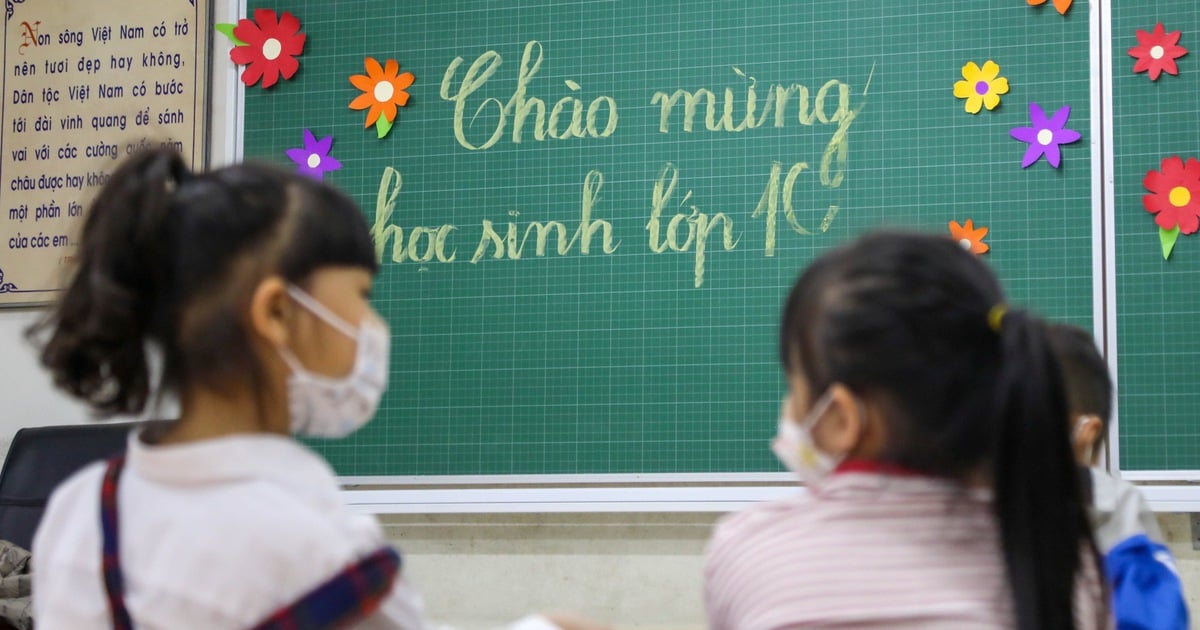
![[Video] After the merger, the right to recruit and mobilize teachers is assigned to the Department of Education and Training.](https://vstatic.vietnam.vn/vietnam/resource/IMAGE/2025/4/26/d2e5438fa7a541a399b24c3858ba8941)



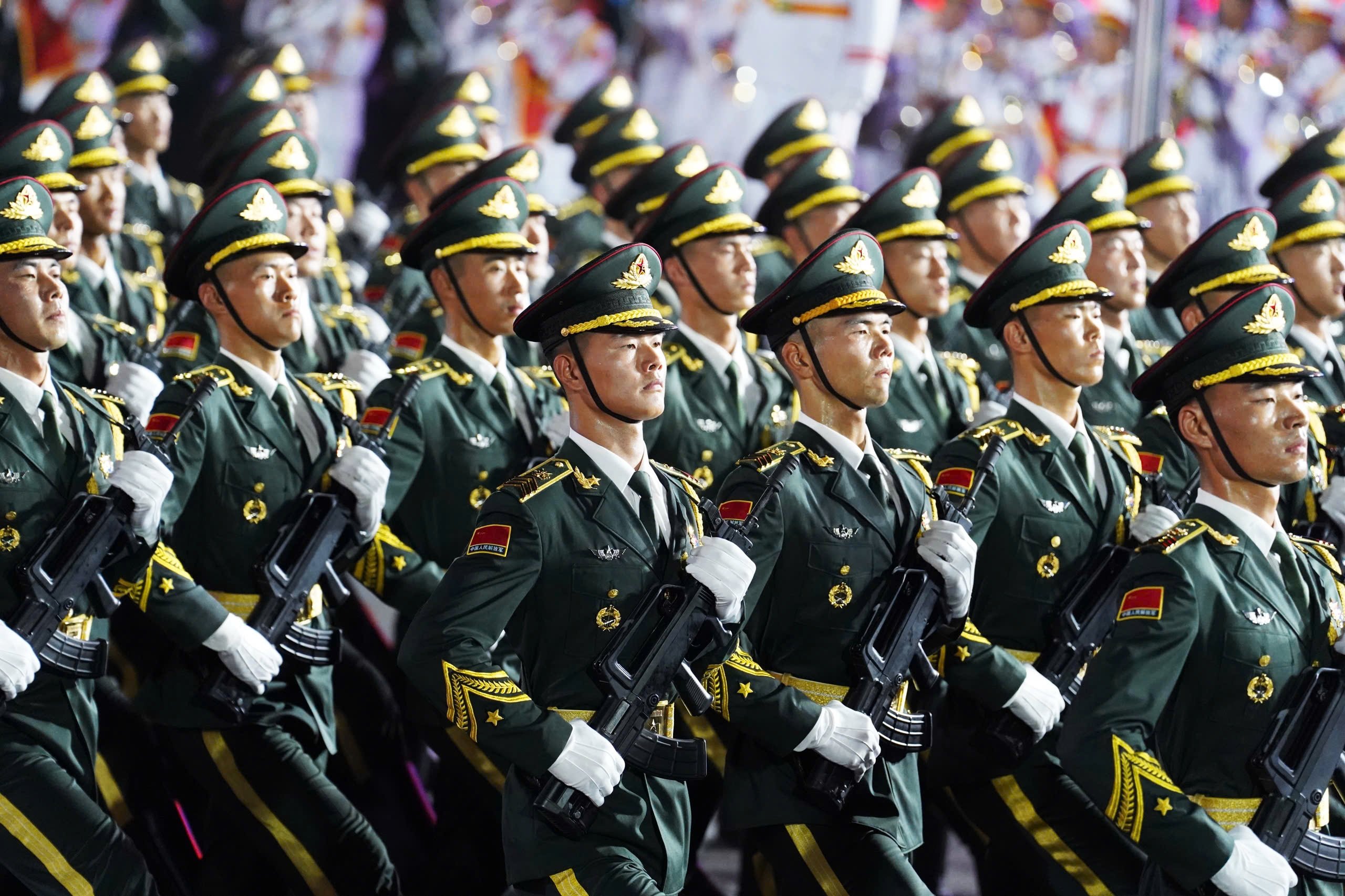



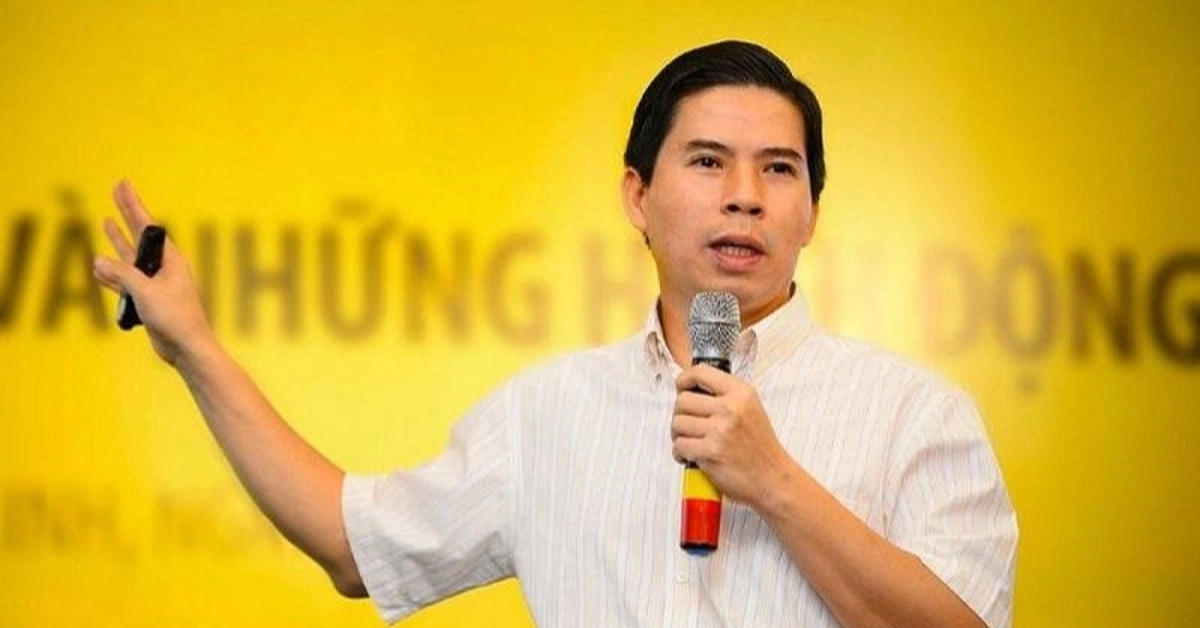






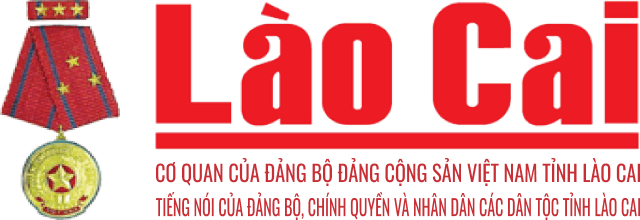

















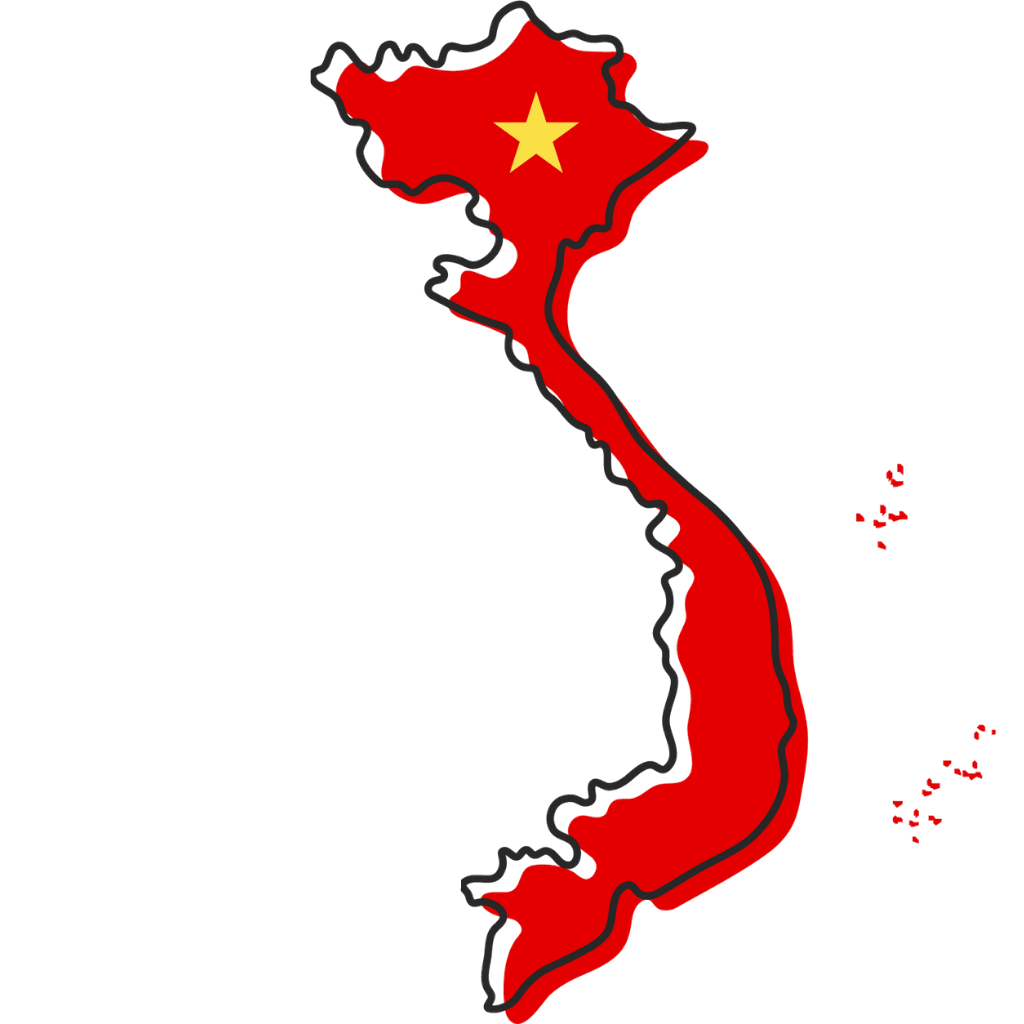






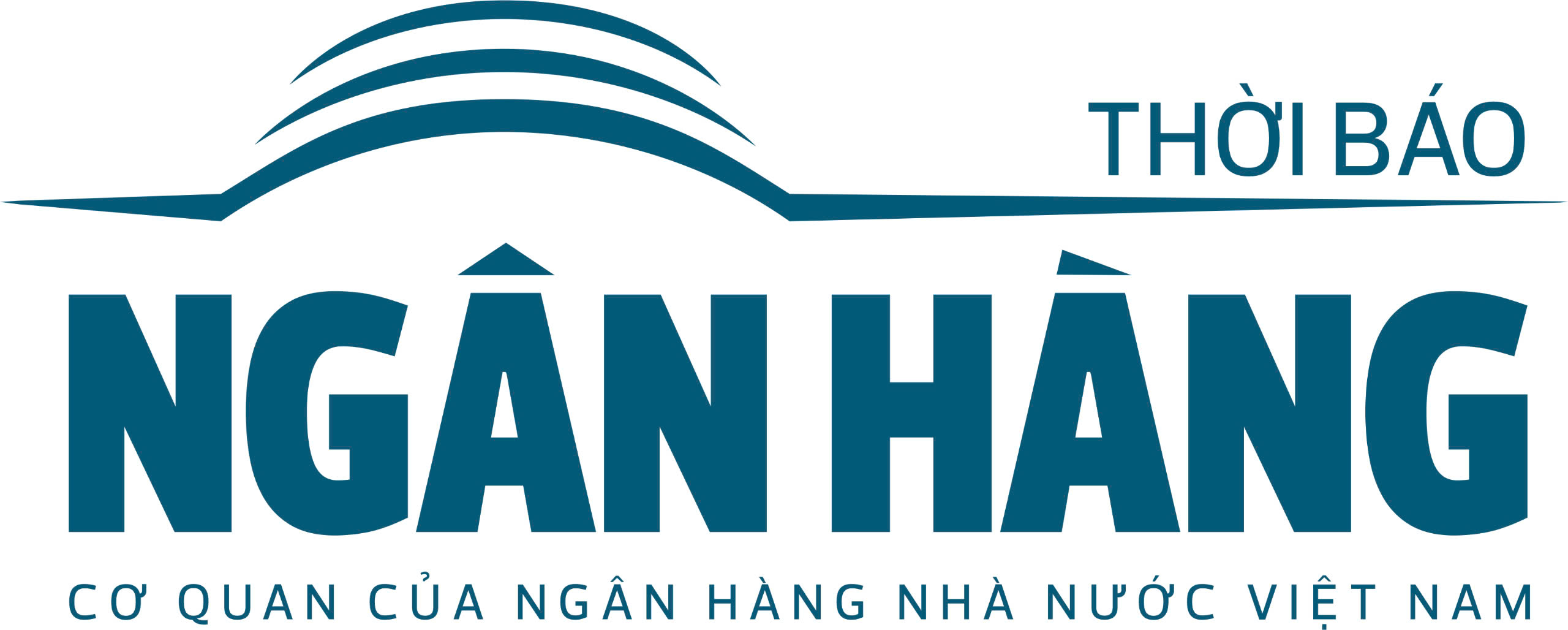


























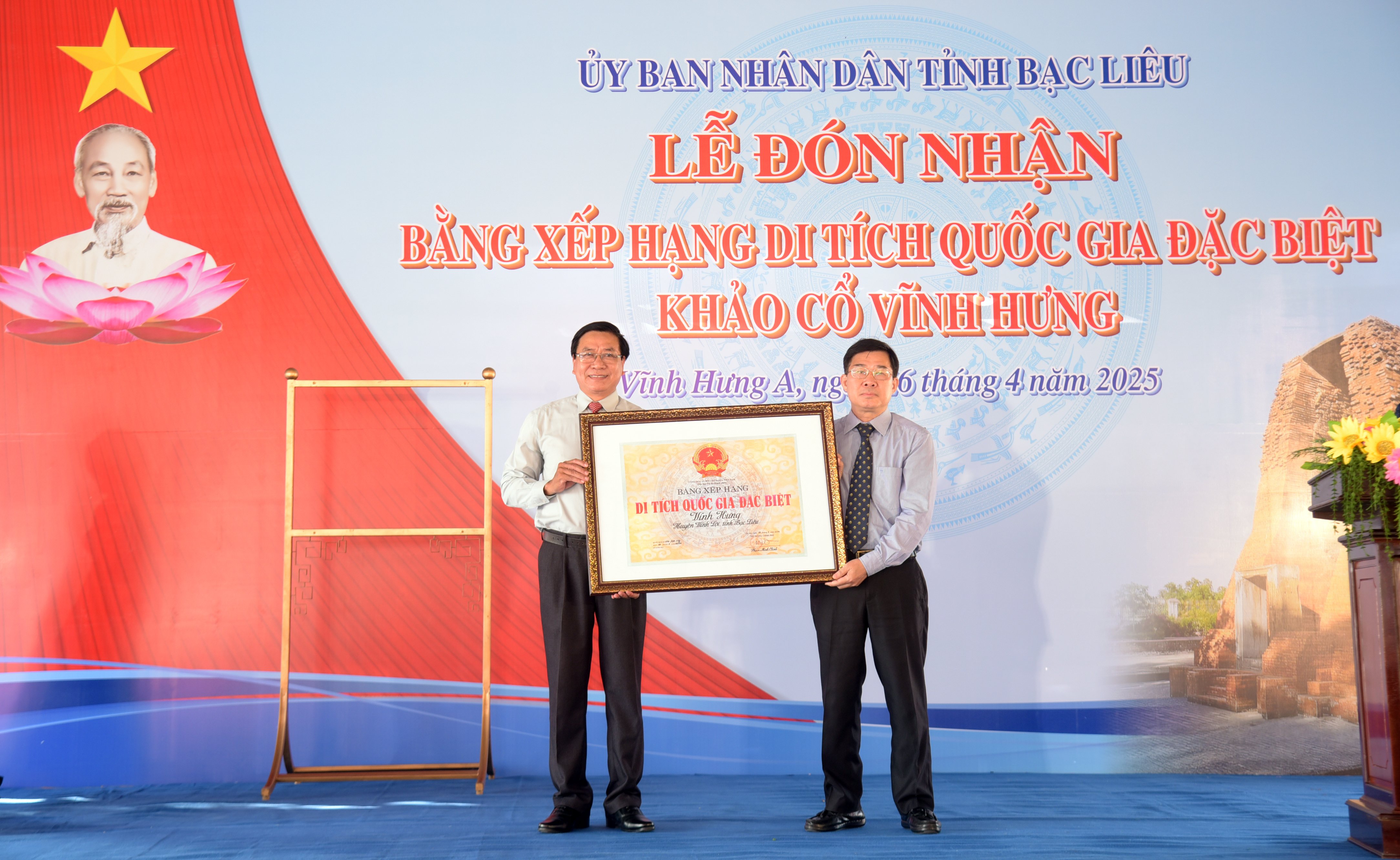








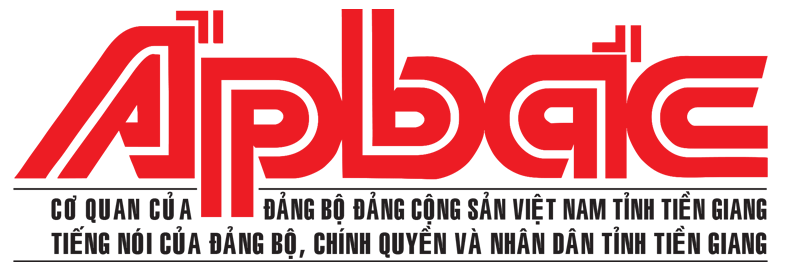

Comment (0)